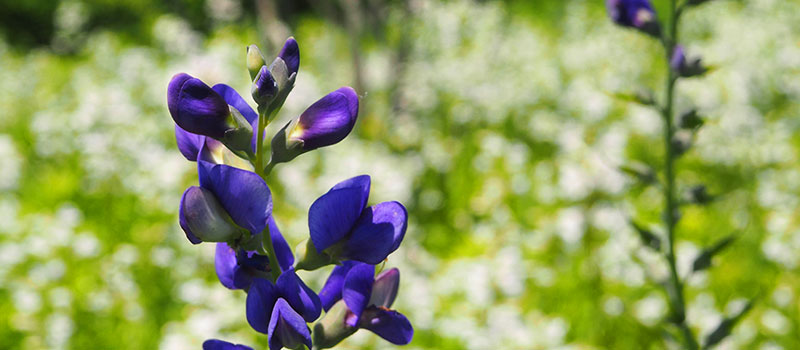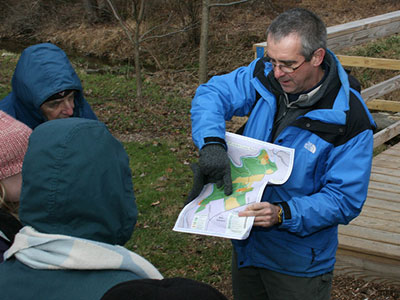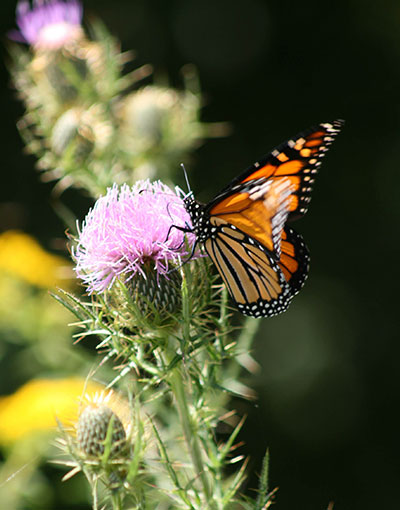
Native plants provide sustenance for local wildlife, including pollinators.
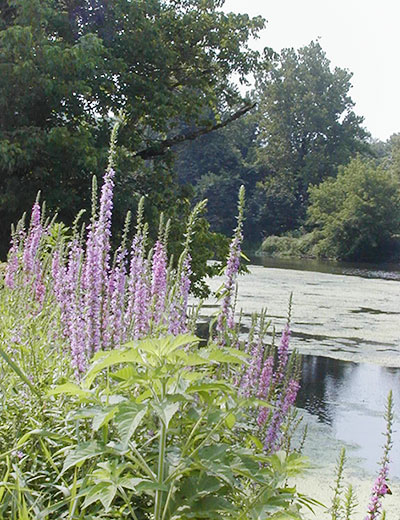
Purple loosestrife is an invasive plant that outcompetes native plants and forms dense monocultures in wetland areas.
How it Works
Native plants occur naturally in an area, have evolved with local fauna, and are well adapted to soils and climate, mostly insect and disease resistant, and require less watering and fertilizing than non-native plants. Non-native plants (also known as exotic, alien, or introduced) are intentionally or accidently brought into an area. A major problem with some non-native plants is their invasive growth patterns and ability to reproduce rapidly and prolifically, which can result in harm to the environment, economy, and sometimes human health.
Municipalities can require native plantings in new development through their subdivision and land development ordinances. Municipalities can also limit the use of invasive plants through separate ordinances.
Benefits
Support Wildlife Habitat
Landscaping with native plants promotes biodiversity and healthy ecosystems. Local wildlife like birds, moths, butterflies, and bees have symbiotic relationships with native plants because they evolved together. Native plants provide superior habitat, cover, and food sources for wildlife.
Control Invasive Plants
After an invasive plant removal process, properly selected and installed fast-growing native plants can outcompete and outlast surviving nonnative plants while stabilizing and protecting the soil.
Conserve Water
Native plants are well-adapted to local environmental conditions and once established need less water than non-natives.
Protect Walter Quality
Native plants reduce erosion, limit stormwater runoff, and remove excess plant nutrients from water, which helps protect water quality.
Reduce Maintenance Needs and Costs
Native plants are extremely hardy and generally require little maintenance.
Increase Property Values
By helping restore ecological balance, the use of native plants can help maintain, or even increase, property values.
Reduce Use of Pesticides
Since native plants have adapted to local conditions, they are more resistant to pest problems and can thrive without pesticides and fertilizer treatments.
Publicly accessible protected lands provide an opportunity to raise public awareness of the importance of using native plants in the landscape.
Get Started
The Pennsylvania Municipalities Planning Code empowers Chester County municipalities to enact ordinances that promote safety, health, and general welfare. As such, requirements for the use of native plant species in new developments and the control of invasive species can be incorporated into municipal ordinance language.
The requirement for native plants often occurs in one of three places within municipal ordinances:
- Within a Design Standards section for a particular zoning district or districts. This is especially applicable in conservation-oriented zoning districts or overlay districts.
- Within the Subdivision and Land Development ordinance in a section related to required landscaping; and/or
- As a Required or Recommended Plant list in the Subdivision and Land Development ordinance, which can be a section within the ordinance or an Appendix.
Provisions for controlling invasive species are most often included in municipal codes as an exception to woodland or riparian buffer disturbance limits, or as an exception to required tree replacement if the trees that are being removed are invasive. If such exceptions are made, a municipality may consider adopting a list of invasive plants so that the code can be enforced objectively.
Some municipal codes related to nuisances prohibit planting "noxious weeds", such as those found on the Federal Noxious Weed List or PA Department of Agriculture's Controlled and Noxious Weed Lists.
Promoting the use of native plants and invasive species removal involves public outreach and education.
Considerations
Consultation with Experts
Although native plants are becoming much more widespread in our landscapes, maintenance of native plants may still require personnel with specialized horticultural skills.
Public Education
The public sometimes needs to be educated regarding the advantages of using native plants and the importance of removing invasive species. Properly identifying invasive species requires education, as well.
Increased Herbicide Use
To control the aggressive growth of some invasive plants, an equally aggressive response may be required, which could include significant expenditure of energy, herbicides, and other resources.
Filling the Void
Removing large stands of invasive plants often leaves a void in the landscape, which will likely be colonized by more invasive plants if left unchecked. There should always be a plan in place for immediately restoring and replanting the area from which invasives were removed. This is especially true when removing stands of invasive trees from woodlands.
Cultural Uses of Plants
Plants can be a very personal part of a landscape. People from different cultures may have plants that are important to their cooking, crafts or other rituals that they would like in their landscape. In addition, many of the most common edible plants from pears to raspberries are not native.
Keystone Plants
Some native plants have more value than others. Dr. Doug Tallamy from the University of Delaware, one of the foremost experts on native plants, found that about 14 percent of native plant species support 90 percent of pollinators and caterpillars. These hyper-productive plants, or Keystone Plants as referred to by Dr. Tallamy, should be encouraged in all landscapes in which they could thrive to help maintain plant diversity and contribute the most energy to food webs.
Managed Meadows
Some municipalities have regulations in place to ensure meadows of native grasses are located on large enough parcels, adequately set back from public rights-of-way and buildings, and maintained on a regular basis.
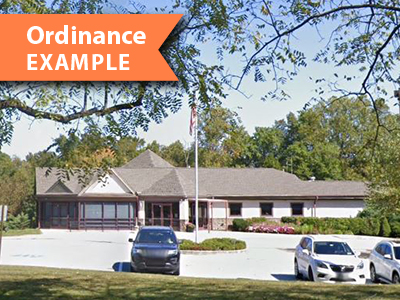
Schuylkill Township's Subdivision and Land Development Ordinance (Section: 320-34) includes an extensive list of native trees, shrubs, perennials, and water-adapted plants. The list also includes the sun and moisture requirements of each plant.
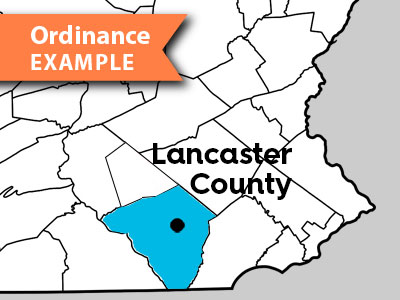
Warwick Township, Lancaster County, PA ordinance amendment.
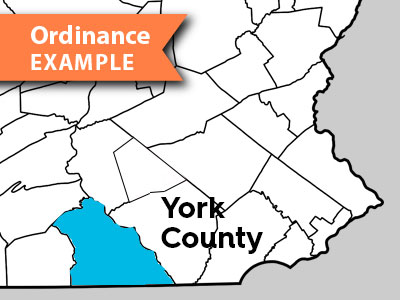
York County, PA Sustainable Landscaping Model Ordinance.
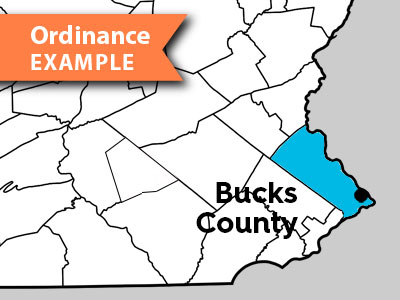
Lower Makefield Township, Bucks County, PA. This ordinance (Use of Native Plants in Subdivision and Land Development) directs in part, that major subdivisions and land development plans contain a Landscape Plan that addresses the conservation of the natural landscape to enhance the development and to protect surrounding areas. View a presentation (pdf) on the Lower Makefield native plant ordinance and its development.
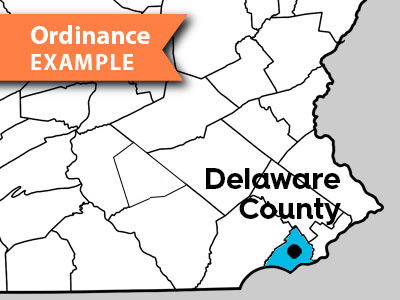
Swarthmore Borough, Delaware County, PA Bamboo Ordinance.
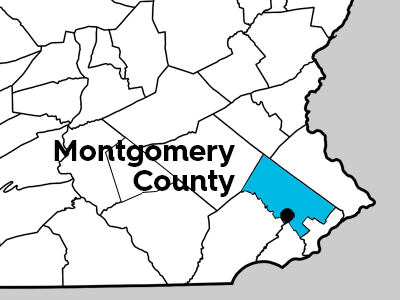
West Norriton Township, Montgomery County, PA Resolution in support of the use of native plants.


